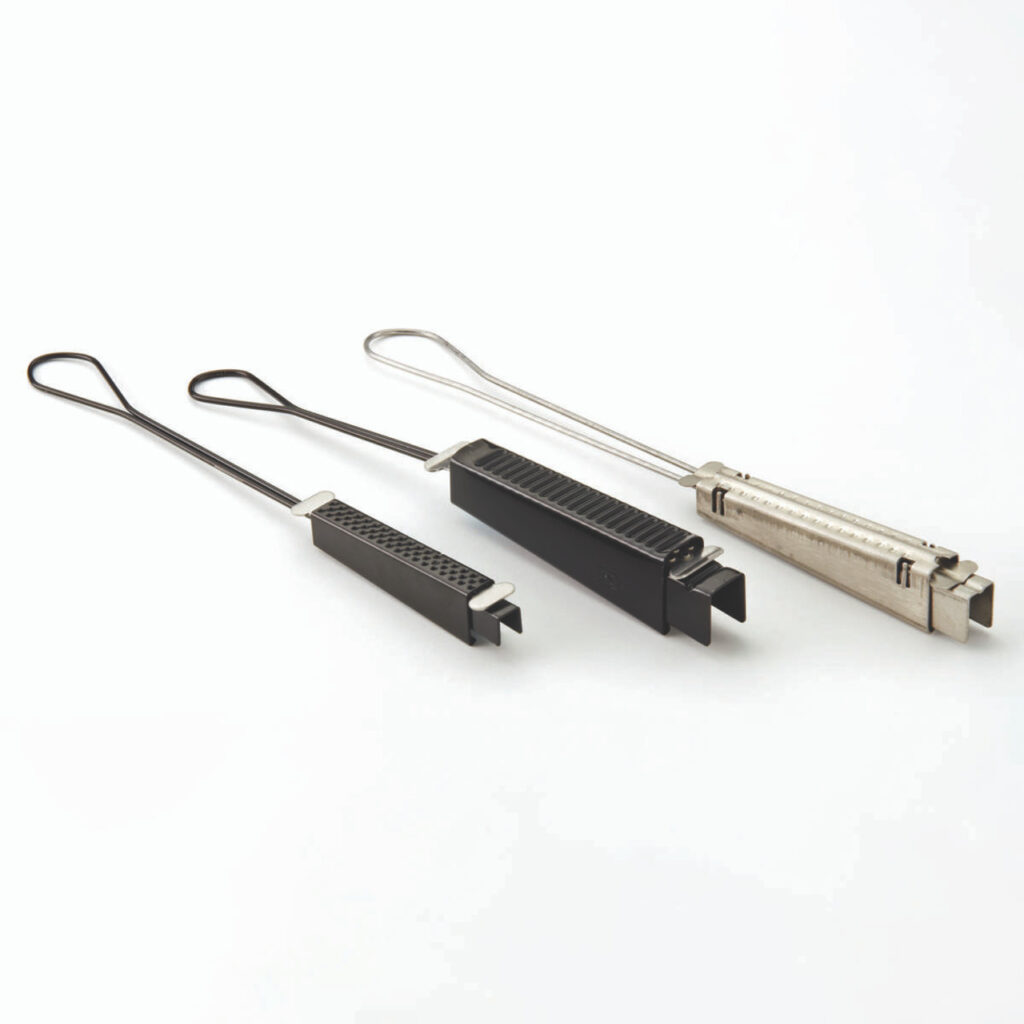
A drop wire clamp is a component used to support and secure drop wire or cables in an electrical distribution system. The clamps maintain the integrity and functionality of overhead transmission lines. this prevents sagging and ensures proper alignment of the cables. They hold the drop wires that branch off from the main conductors to connect to individual service points. The clamps help distribute tension, prevent damage and ensure the reliability of the entire transmission network. Drop wire clamps are from durable materials such as galvanized steel or aluminum. These materials are able to resist environmental factors like weather, temperature variations and mechanical stresses. They have adjustable components that accommodate different cable sizes and configuration. These components include insulating materials that prevent electrical contact between the clamp and the cable.
Application areas of drop wire clamp
Drop wire clamps work in different applications in the fields like power transmission. The applications vary depending on the requirements of the power systems, local regulations and industry standards. The following are the drop wire clamp application areas.
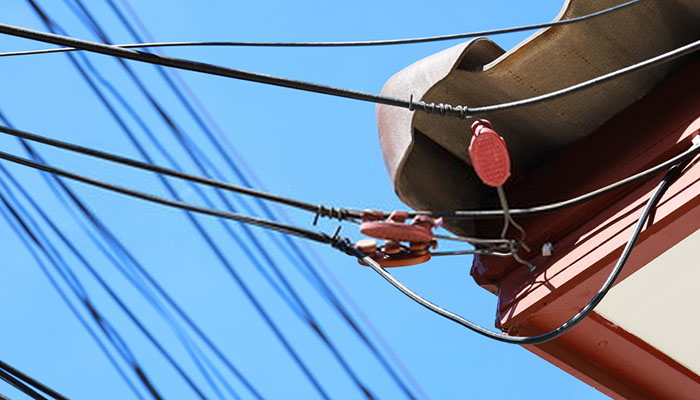
- Messenger wire suspension – the clamps help maintain the proper elevation and alignment of the messenger wire. This helps to ensure the stability and integrity of the power transmission systems.
- Service drop connections – clamps support drop wires that connect service cables to buildings. They provide a reliable attachment point and help maintain the proper tension of the drop wire.
- Temporary installations – temporary installations for drop wire clamps include construction and maintenance activities. Temporary installations offer a quick and secure method of attaching drop wires to structures.
- Overhead power lines – drop wire clamps work with dead end fittings to anchor overhead power lines. They help secure the conductors and prevent sagging or movement caused by wind, ice or other environmental factors.
- Fiber optic cable support – drop wire clamps also support fiber optic cables in communications. They provide a secure attachment point for the cables. This prevents sagging and maintaining proper signal transmission.
Selection of the drop wire clamp
Choosing the best drop wire clamp needs consideration of several factors. This is to ensure it meets the intended requirements. You should also consult with industry professionals or to achieve valuable insights and guidance. The following are the factors to considere when selecting drop wire clamp.
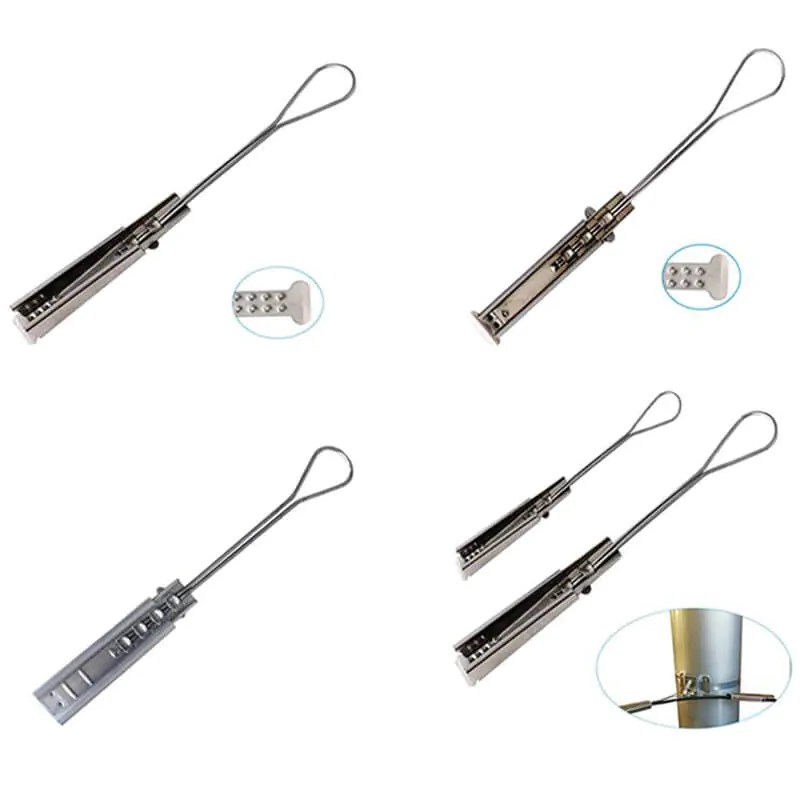
- Application – determine the intended application of the drop wire clamp. Consider whether it will work in services drop connections, overhead power lines fiber optic cables or other purposes. Different applications may need specific clamp designs and features.
- Conductor material and size – take into account the material and size of the conductor that the clamp will be securing. Consider whether the clamp is suitable for the specific conductor material. These include copper or aluminum and the size range it can accommodate.
- Voltage level – higher voltage lines may need clamps with extra insulation or specific voltage ratings. This is to ensure proper electrical performance and safety.
- Mechanical strength – check the mechanical strength of the clamp. It should be able to withstand the tension and loads placed on the drop wire without or failure. Look for clamps made of durable and corrosion-resistant materials that withstand environmental conditions.
- Installation requirements – installation requirements and constraints of the power of the power transmission lines. these include available space, mounting options and compatibility with existing hardware.
- Compliance standards – check whether the drop wire clamp complies with relevant industry standards.
- Manufacturer reputation – consider the reputation of the manufacturer or supplier. They should have a track record of producing high-quality and reliable products.
- Cost – check the cost effectiveness of the drop wire clamp before purchase. You should also consider the value, durability and performance of the clamp.
Installation process of the drop wire clamp
Secondary wires in transmission and distribution systems should have solid support and dependable connectivity during the installation process. The procedure also differs based on the kind of drop wire clamp, the size of the wire and the particular needs of your electrical system. The following is a basic guideline to install drop wire clamps.
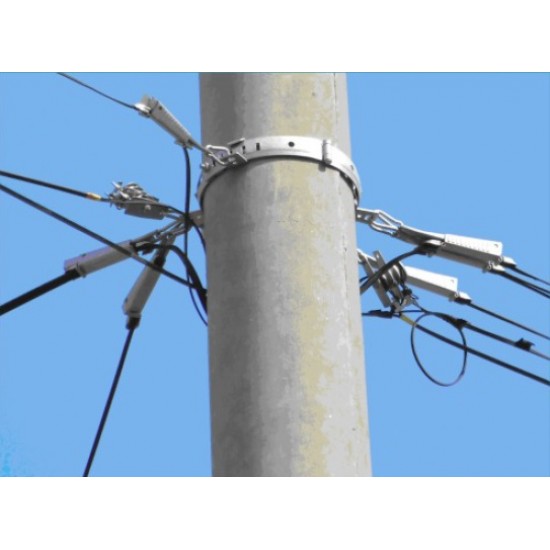
- Make sure you have all the required safety gear, including gloves, safety glasses and suitable clothing.
- Collect all the tools and supplies required for the installation. These include secondary cables, drop wire clamps, appropriate connectors and fasteners.
- Check for any flaws or damage on the hardware, wires, connectors, and drop wire clamps.
- Determine the locations of the drop wire clamp installations. Think about the electrical system’s design, the route of the secondary wire and mechanical factors.
- Make sure there are no risks or barriers in the installation location by utilizing the proper equipment to reach elevated areas
- Ensure the clamp is properly aligned and has enough space by placing it in the desired spot. To further secure the clamp to the structure, use the bolts that are available.
- Make sure the secondary wire is at the center and aligned within the drop wire clamp. This is by inserting it into the gripping mechanism of the clamp.
- Ensure the secondary wire is properly fitted by using the adjustment mechanisms.
- Make sure the insulating elements that come with the drop wire clamp positioned between the primary conductor and the secondary wire.
- Verify that all drop wire clamp connections are correctly positioned and fastened by visually inspecting each one.
- Maintain thorough documentation of the installation. This is including pictures, plans and notes on where each drop wire clamp installs.
Importance of using wire clamps
Drop wire clamps are crucial for use in overhead transmission lines. They ensure the efficient and safe operation of the lines. The clamps also maintain cable integrity to ensure system stability and reduce the risk of service interruptions. Additionally, it is advisable to ensure the clamps offer benefits specific to your application needs. The following are the importance of using drop wire clamps in your application.

- Sag prevention – the clamps provide essential support to cables to prevent sagging. This ensures the cable maintain proper tension and alignment for efficient transmission of electricity.
- Damage protection – cables may be subject to abrasion, wear or mechanical damage. the clamps help prevent such damage by anchoring the cables in position.
- Safety improvement – insulated drop wire clamp help prevent electrical contact between cables and other objects. They enhance safety for maintenance personnel and general public.
- Maintenance ease – drop wire clamps allow for efficient access to cables during maintenance activities. This helps reduce downtime and associated costs.
- Enhanced reliability – drop wire clamps contribute to the reliability of electrical distribution network. This is vital for meeting the demands of consumers and ensuring uninterrupted power supply.
- Enhanced stability – the clamps contribute to the stability to reduce the risk of cable movement. This reduces the likelihood of service interruptions or damage of the infrastructure.
- Clearance maintenance – the clamps maintain the required clearance between cables and other objects. This prevents interference and potential safety hazards such as electrical arcing.
How to measure drop wire clamps for cables
There are several dimensions to ensure proper sizing and compatibility of the clamps for cables. Consider factors such as cable diameter, clamp size, adjustability, load capacity, insulation requirements and manufacturer recommendations. These factors help to measure drop wire clamps for cables and ensure a proper fit for your installation needs. The following are the steps to measure drop wire clamps for selecting drop wire clamps for cable sizes.
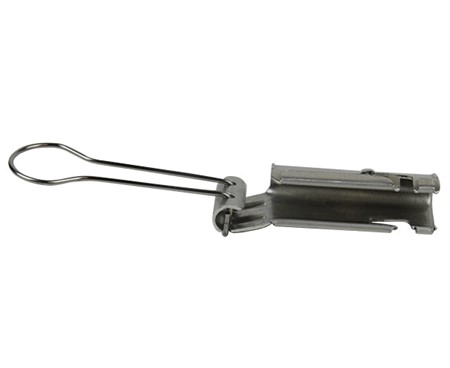
- Cable diameter – measure the diameter of the cable the drop wire will support. Use a caliper or measuring tape to get an accurate measurement. This is crucial for selecting a drop wire clamp that can hold the cable size.
- Measure clamp dimensions – measure the dimensions of the drop wire clamp including width, length and height. This helps ensure that the clamp fits within the installation space and provides adequate support for the cable.
- Check load capacity – consider the load bearing capacity of the drop wire clamp to ensure the clamps load capacity meets the anticipated load requirements to prevent overstressing the clamp.
- Check insulation needs – ensure the drop wire clamp has insulating materials considering factors such as voltage rating and insulation resistance.
- Identify clamp size requirements – check the specifications provided by the manufacturer of the drop wire clamp. This is to determine the recommended size range for the cable diameter.
Frequently asked questions
A drop wire clamp is a hardware component used in overhead transmission systems to secure and support drop wires. Its primary function is to prevent sagging and ensure proper alignment of the cables.
Determine the cable diameter, identify clamp size requirements, measure clamp dimension, consider adjustability, check load capacity, check insulation needs and consult manufacturer documentation for specific instruction.
To measure a drop wire for cables, determine the cable diameter, identify clamp size requirements, measure clamp dimensions, consider adjustability, check load capacity, check insulation needs and consult manufacturer documentation for specific instructions.